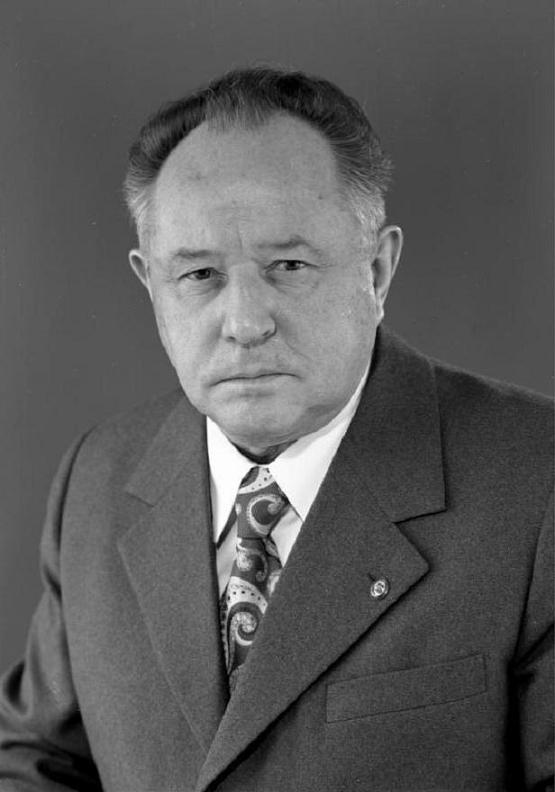Three and a half years ago, I installed Bioshock Infinite and started playing it. And today, finally, I finished it.
I remember starting it up. A lot of my friends had been raving about the different games in the Bioshock series, and that had lead my to pick up a Humble Bundle including all three Bioshock games, plus a bunch of other stuff. I don’t exactly remember what made me pick up Infinite instead of Bioshock 1, but I think it had to do with the fact that it was the newest one, and also a standalone title, meaning the plot of the previous games wouldn’t be spoiled.
I remember the feeling of sitting down to play and being completely engrossed. Not the first time, I think – the opening, as I remember it, was a bit slow, and I was unsure what I was supposed to be doing. My interest was piqued, however, and once the game got going, it sunk its claws into me. When I played, I was totally carried away. I would start up the game to play for half an hour or so, and look up again two hours later. At the same time, the game would leave me spent. Some games – building games, in particular – can also carry me away, but I will leave them with my head buzzing, eager to go back and continue. Not so with Bioshock.
Which also meant it isn’t a game I would fire up to relax for a little while. Which, again, meant that there would be long pauses between play-sessions. And so, while I’ve played the game for 16 hours, according to Steam, those hours were spread out over a long, long time.
That is not a slight to the game, though. It’s not that I didn’t want to play the game. As a matter of fact, every time I’ve been short on space on my harddrive, I’ve opened up Steam to find games to uninstall, sorted them all by size – and skipped the first one on the list, because Bioshock Infinite wasn’t going anywhere till I had finished it.
And why is that? What kept me coming back to this game?
Get them, Mr. DeWitt!
Bioshock Infinite is, at its core, a first person shooter (FPS), albeit with a bit of exploration and a whole lot of storytelling built in.
In the game, you play Booker DeWitt, a former Pinkerton agent who is hired to go find the girl, Elizabeth, who is kept somewhere in Columbia, a theocratic city state floating in the sky. As Mr. DeWitt, you will be using all kinds of olde timey guns to fight a series of enemies, from revolutionaries with guns over zealots with swords to huge, mechanised robots with gatling guns, wings, and the faces of American Founding Fathers.
You can only carry two guns at a time, making it essential to choose the right guns for the job at hand. You can carry ammo for all the guns, though, and it will not only be beneficial, but necessary to switch your arsenal ever so often.
Luckily, you can supplement your guns with “vigors” – magical powers that allow you to convert enemies into allies for a while, summon ravens to hack at the eyes of your foes, or maybe make them hang powerless from the air for a while.
The battles are often very clearly structured. You’ll have an arena with a certain number of enemies that must be cleared before you can continue. As the game wears on, you get more and more tactical options – like latching on to rails in the air, allowing you to move rapidly, and even jump down onto foes to damage them. Eventually, you’ll also be able to summon different elements into being, like cover, friendly automata or supplies of health or weapons. The catch is that only one can exist at a time, making it an important tactical decision.
This part of the game I enjoyed, though I’m not sure if it’s the height of what you can do with FPS. I played at the normal difficulty setting, and it seems designed to provide engaging action that is also accessible to relative beginners.
Rain fire on the Sodom Below!
Where the game really started to get my blood going was in the mood of the game. From the opening, the game keeps hitting you with the vibe that something is not quite right. Mr DeWitt’s employers seem rather weird and peculiar, while DeWitt seems an unlikely hero – it’s clear from the beginning that he’s not exactly lily white. Then, as DeWitt arrives in the pristine city of Columbia, emerging through a baptismal scene to a popular festival, you quickly get the feeling that Columbia hides an ugly side beneath the veneer – and sure enough, the veneer quickly cracks, and the filth comes pouring out.
The mood is enforced in myriad ways. The soundscape is excellently done, contrasting early jazz and blues with more sombre and ominous tracks. Even the two little chords that signal the end of a fight are disharmonious and unresolved, indicating that though danger may be over for now, tings are not at all well.
The visual side follows along nicely. In the later stages of the game, as you are traversing abandoned asylums and automata-workshops with patriot-heads and half-finished killing machines, you keep expecting to be assaulted at any moment, and my heart was frequently in my throat as I traversed the twisted corridors of the game’s levels.
The Lamb and the False Prophet
I already mentioned how Booker DeWitt seems to have a rather troubled moral character. And he is just one – granted, the main – of a whole cast of interesting characters. Like the mysterious and aloof Luteces, a brother and sister who show up all over the place to make snarky and enigmatic comments. Or the profet and leader of Columbia, Zachary Comstock, full of fire and brimstone, and just stinking of hypocrisy and fanticism.
The most important character, apart from DeWitt, is Elizabeth, the young woman DeWitt has been sent to fetch. For most of the game, she accompanies DeWitt on his journey. Beyond just making her very charming and endearing, the game uses a number of tricks to make you like Elizabeth. She will do a host of neat things for you when she’s accompanying you. She can open locks for you with lockpicks you find around the levels of the game. She will find things for you – coins out of combat, health, ammo and “Salt” (power for vigors) in combat. And if you die while she’s with you, you will see her fighting with syringes and other medical supplies to get you on your feet again, instead of just starting you over from the last checkpoint.
It’s all rather cheap tricks, but they work: you sorely miss her on the occasions when she is not with you. And as a player, you quickly start to wonder what exactly everybody wants with her.
Constants and variables
But of course, things aren’t simple. Your mission gets derailed, and soon, you find out that things are far more convoluted and complicated than you thought. Soon, the ethical nature of the white (?) lies you tell Elizabeth to get her to come with you seem trivial next to the dizzying scope of the story that is being unfolded.
I won’t spoil too much, as I’ll (spoiler) end this review by recommending that you play the game. I will say, though, that questions of determination, necessity, identity, the nature of time, and of many worlds will feature heavily. The word “quantum” may feature (I don’t actually remember if it does).
And it all ends in … well, it will all be complicated. I won’t say whether the end is happy or not, mostly because I don’t really know. It ends where it has to end. Which, to my mind, is wonderful.
Look, so many video games end happily. It makes sense: a game is not just a story. As a matter of fact, the story is so often secondary to the game. And a game wants resolution, and progress, and rewards. If you are a hero, you want to be victorious. You want to feel good at the end.
Not that this is the first game to have a less-than happy ending. Take Diablo, way back when – the ending of Diablo, while not unhappy per se, was not at all a glorious victory.
But Bioshock Infinite seems to be built to tell this story. I get the impression that this game began with an idea for a story, and the game moulded to tell that story.
And the story they wanted to tell was bold. Explaining this story in a film, or in a book, would have been daunting. They decided to do it in an action game, where the complicated, often philosophical, ideas are interrupted every few minutes by another blood-pumping action scene. And it works.
Which brings me to my main criticism of the game: In a game about choices, decisions, and possibilities, about the tension between constants and variables – you as a player never makes a choice that influences the story. You just follow the linear path laid down by the designers.
But you know what. I can live with that.
Bring us the girl, and your debt will be erased
Like I hinted earlier, I really liked this game. It’s one that has stayed with me for three and a half years, and I’ve been glad every time I’ve returned to it.
I don’t think it’s a perfect game, not by any stretch. But it’s a beautiful game, full of tension and characters and great writing. If you like games that tell good stories, I’d encourage you to check it out.






